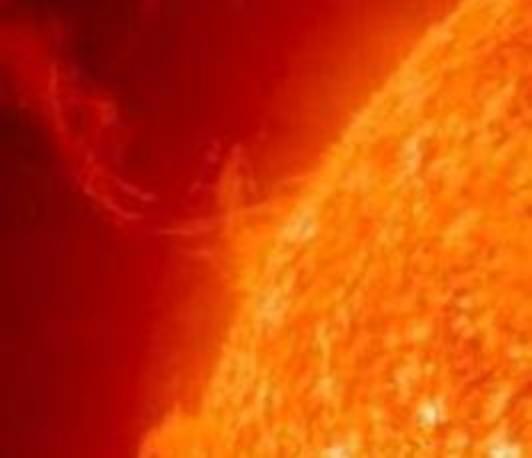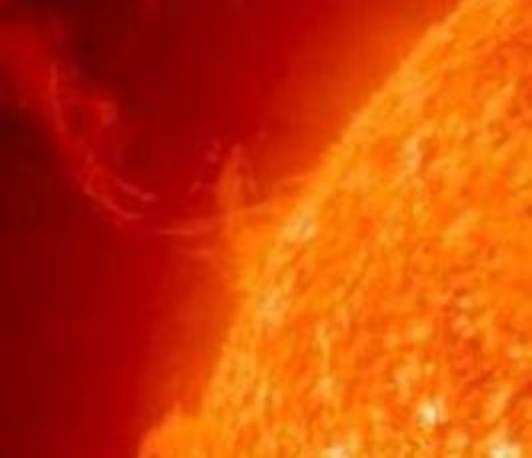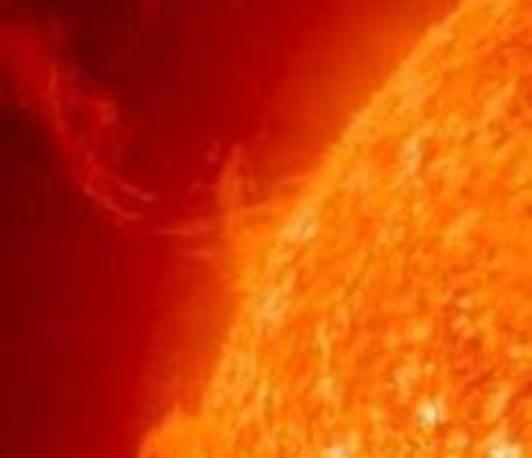On October 28, 2021 the first X-class solar flare of Solar Cycle 25 occurred in active region NOAA AR 12887 with a peak at 15:35 UT. It produced the rare event of ground-level enhancement of the solar relativistic proton flux and a global extreme ultraviolet wave, along with a fast halo coronal mass ejection (CME) as seen from Earth’s perspective. A few hours before the flare, a slower CME had erupted from a quiet Sun region just behind the northwestern solar limb. Solar Orbiter was almost aligned with the Sun-Earth line and, during a synoptic campaign, its coronagraph Metis detected the two CME events in both Visible Light (VL) and UltraViolet (UV) channels. The earlier CME took place in the north-west (NW) sector of Metis field of view, while several bright features of the flare-related event appeared mostly to the south-east (SE). The NW and SE events have two distinct origins, but were both characterized by a very bright emission in HI Ly-alpha visible in the UV images of Metis up to 8 solar radii. This work is a follow-up study of two out of the six events analyzed by Russano et al. 2024 (A&A, 683, A191), aimed at investigating the evolution of these two almost co-temporal CMEs but originating in such distinct source regions. To that end, we extensively inspect data sets from numerous remote-sensing instruments observing the Sun in several spatial and spectral regimes. We characterize several aspects of these CMEs, including their three-dimensional properties, kinematics, mass, and temporal evolution of those quantities. Results of this work point to notable differences between these two events showing significant UV emission in the corona. Co-authors: H. Cremades, F. A. Iglesias, L. Teriaca, R. Aznar Cuadrado, F. M. López, L. Di Lorenzo, M. Temmer, M. Romoli, D. Spadaro, and the Metis Team
[mehr]









